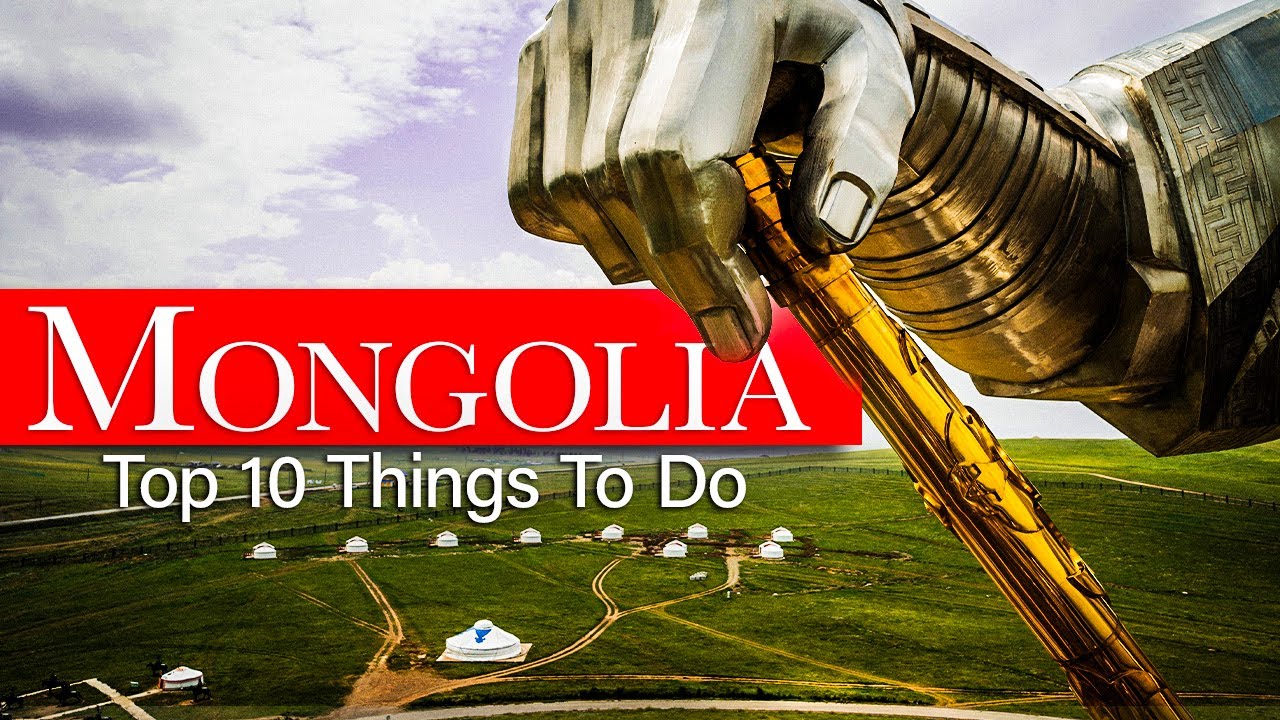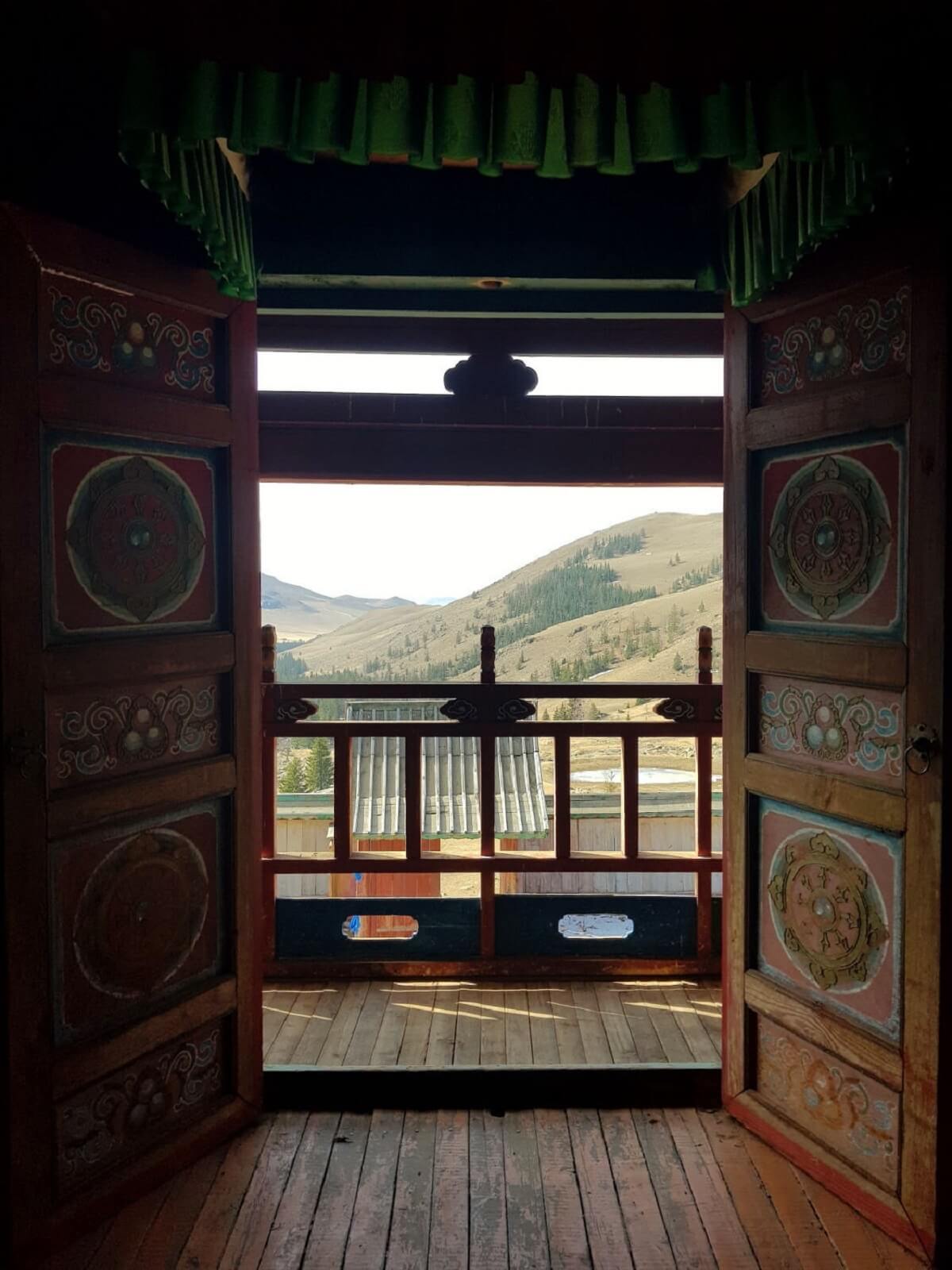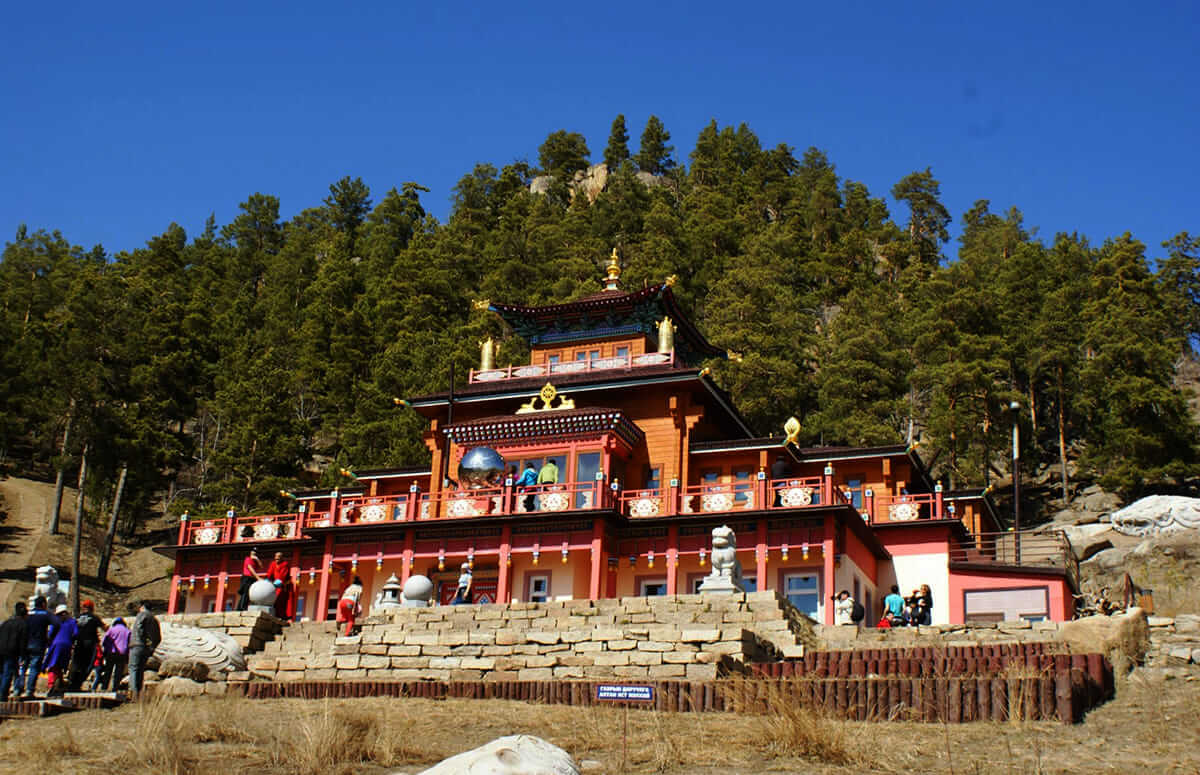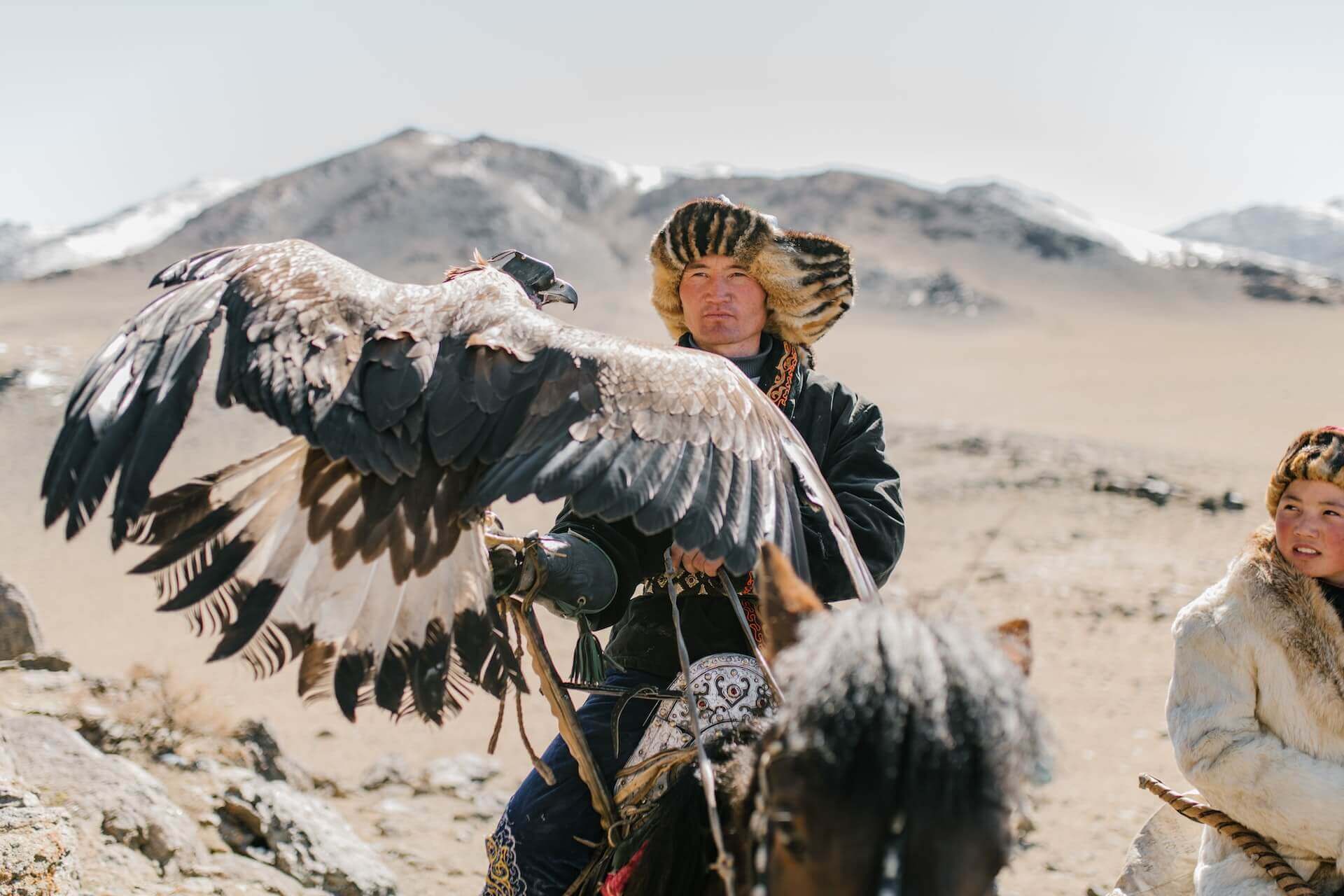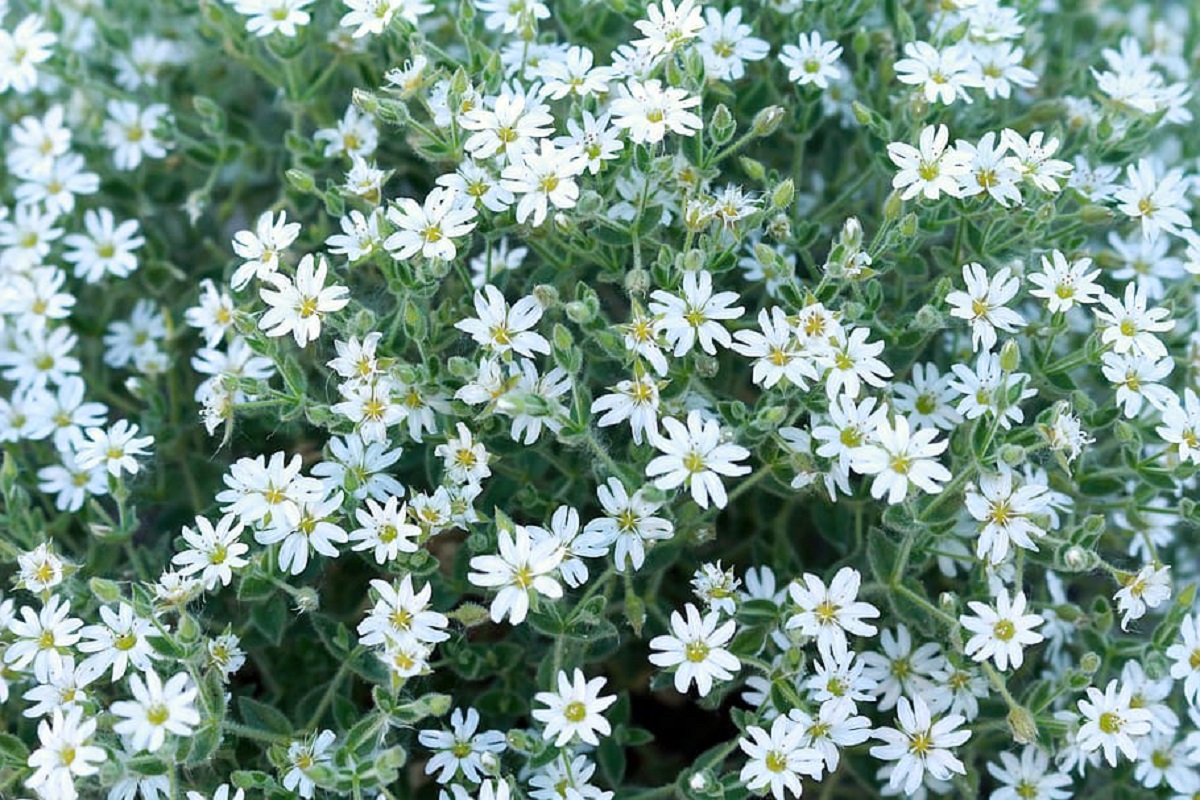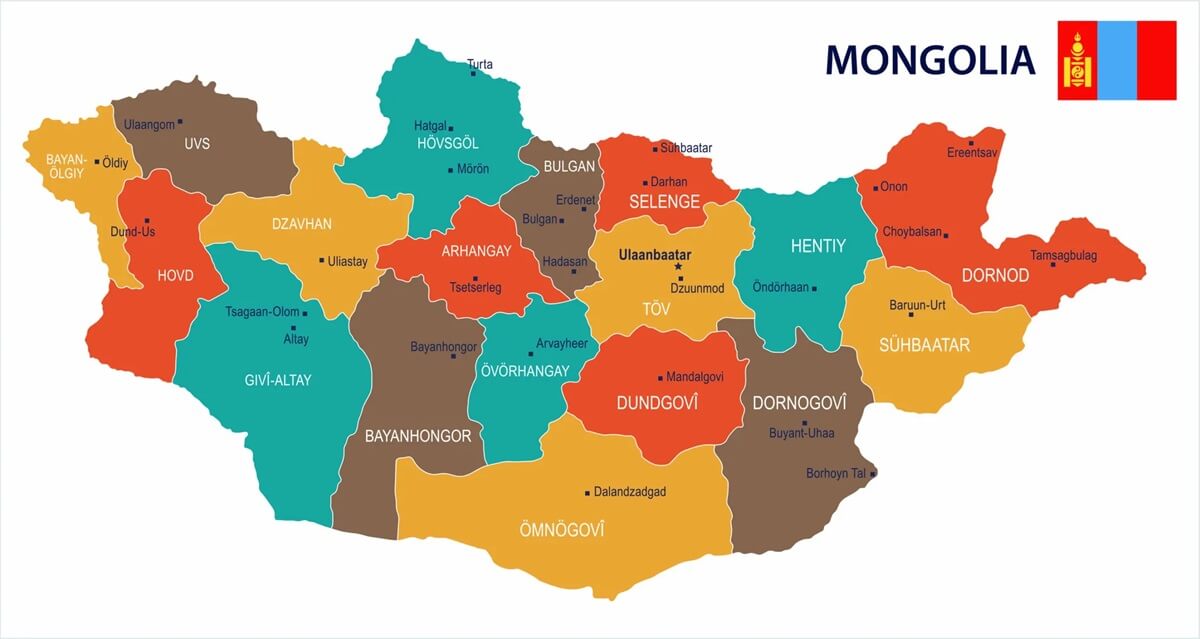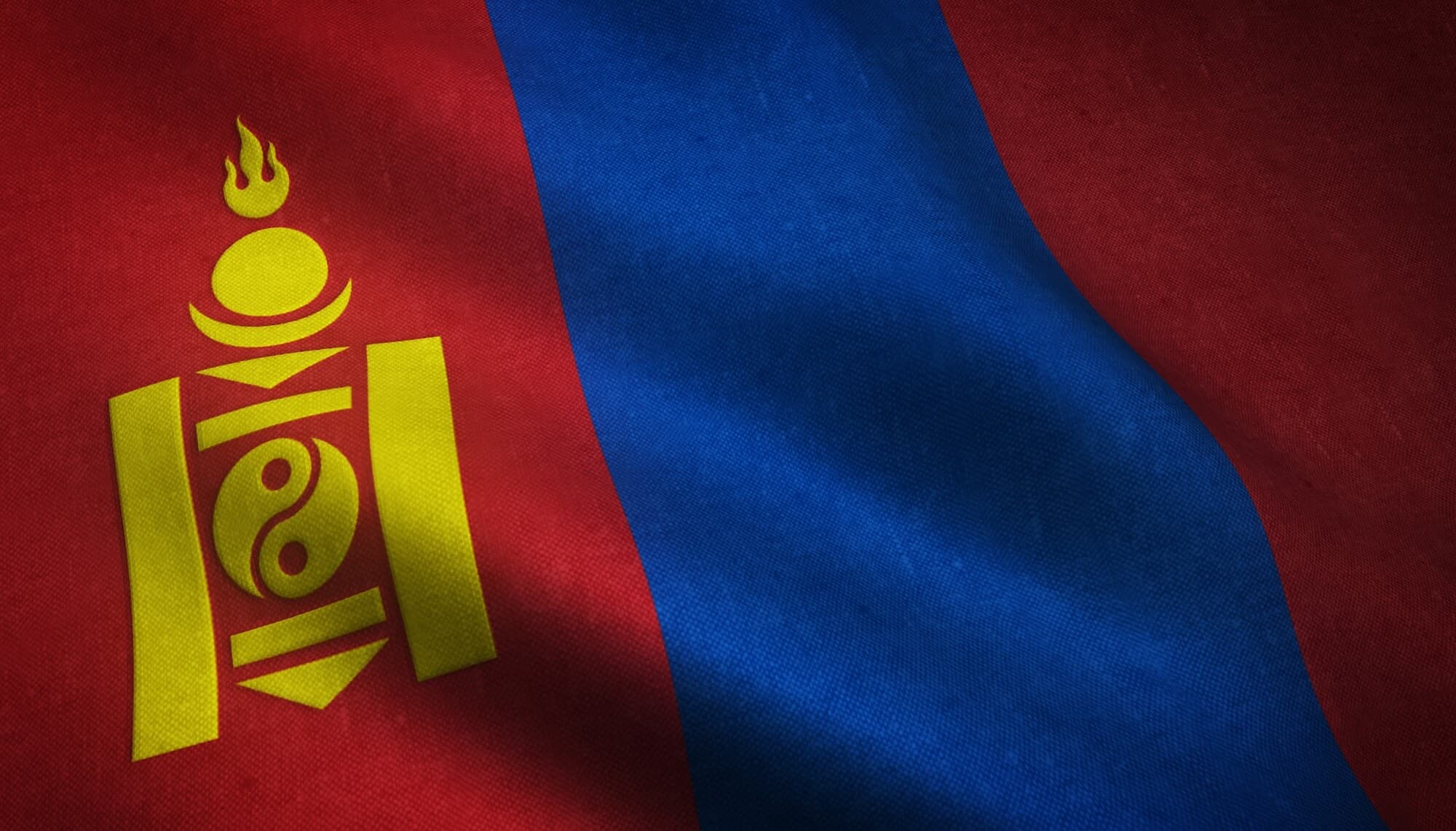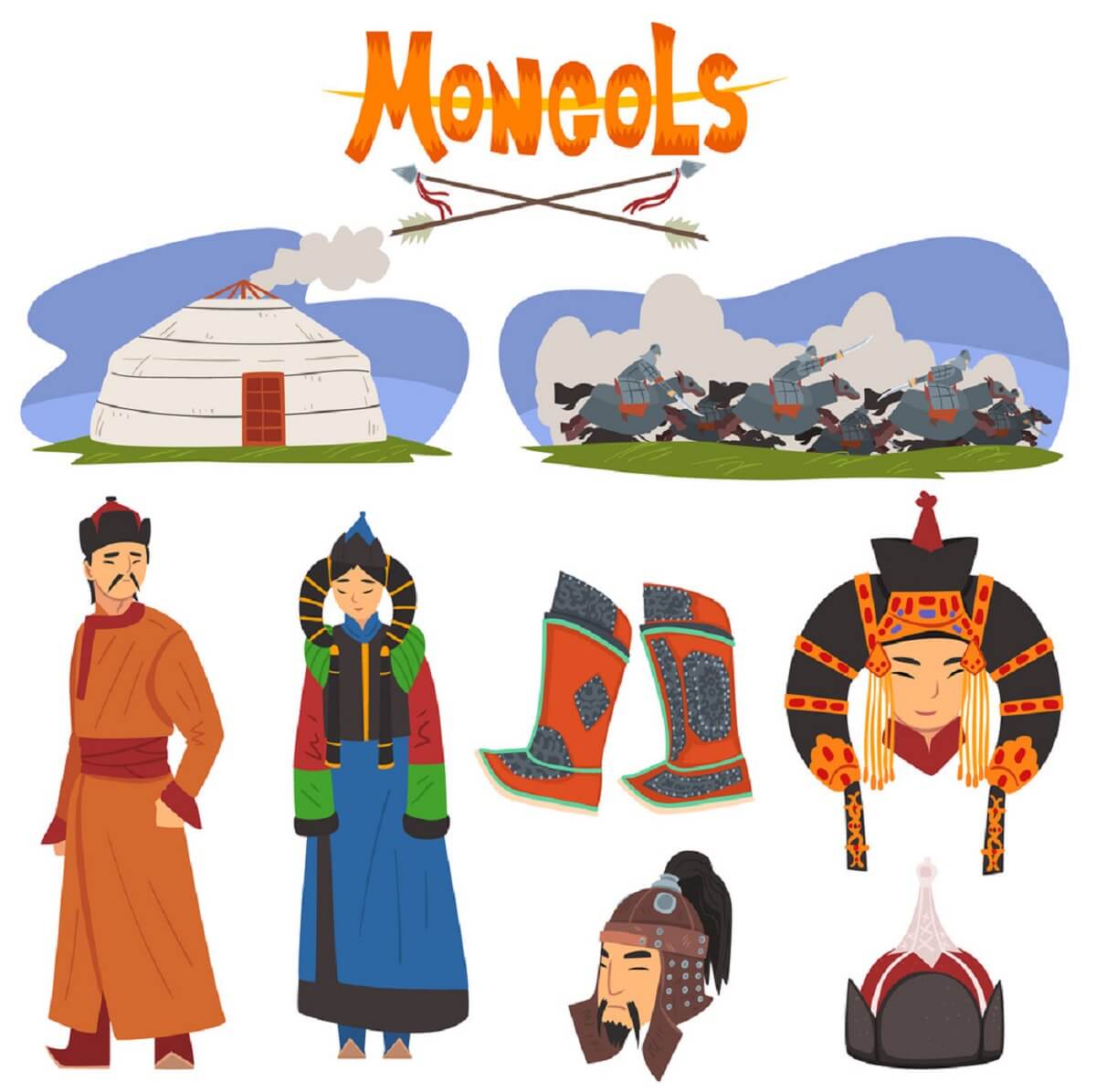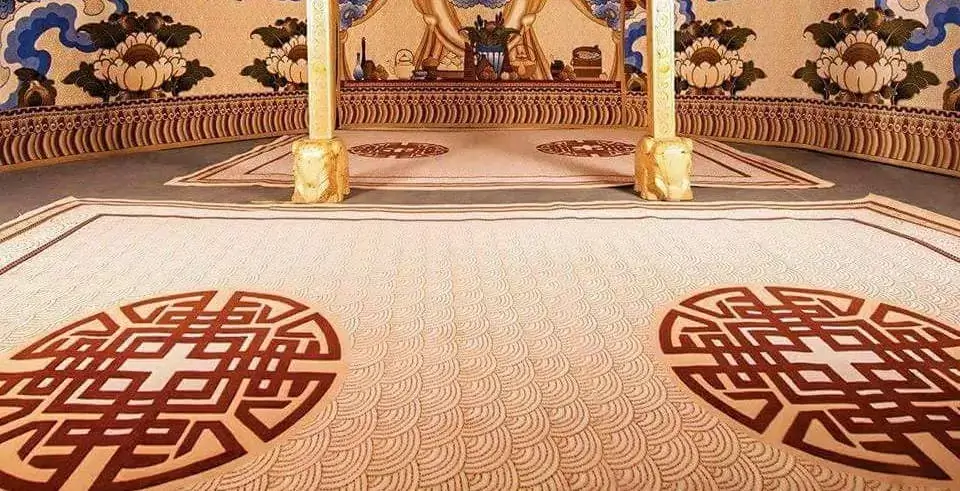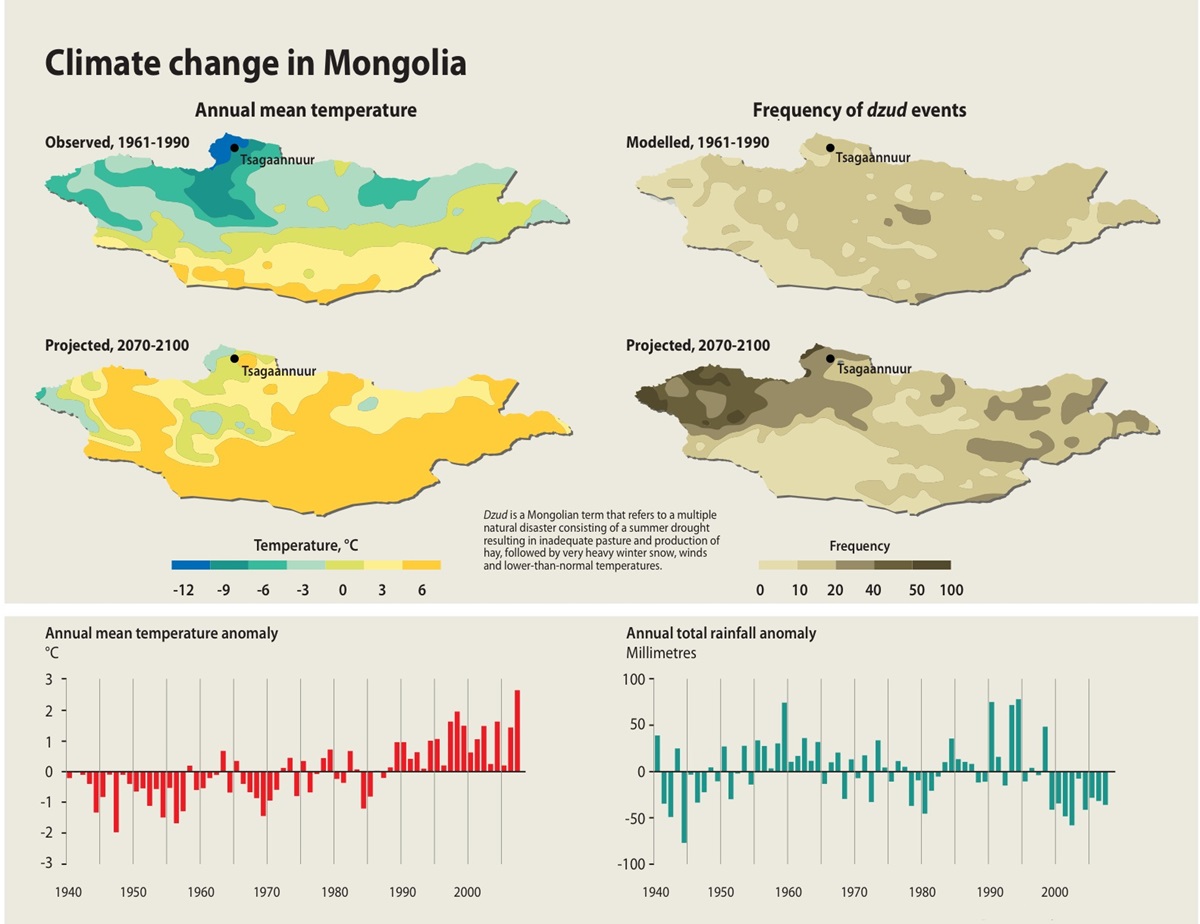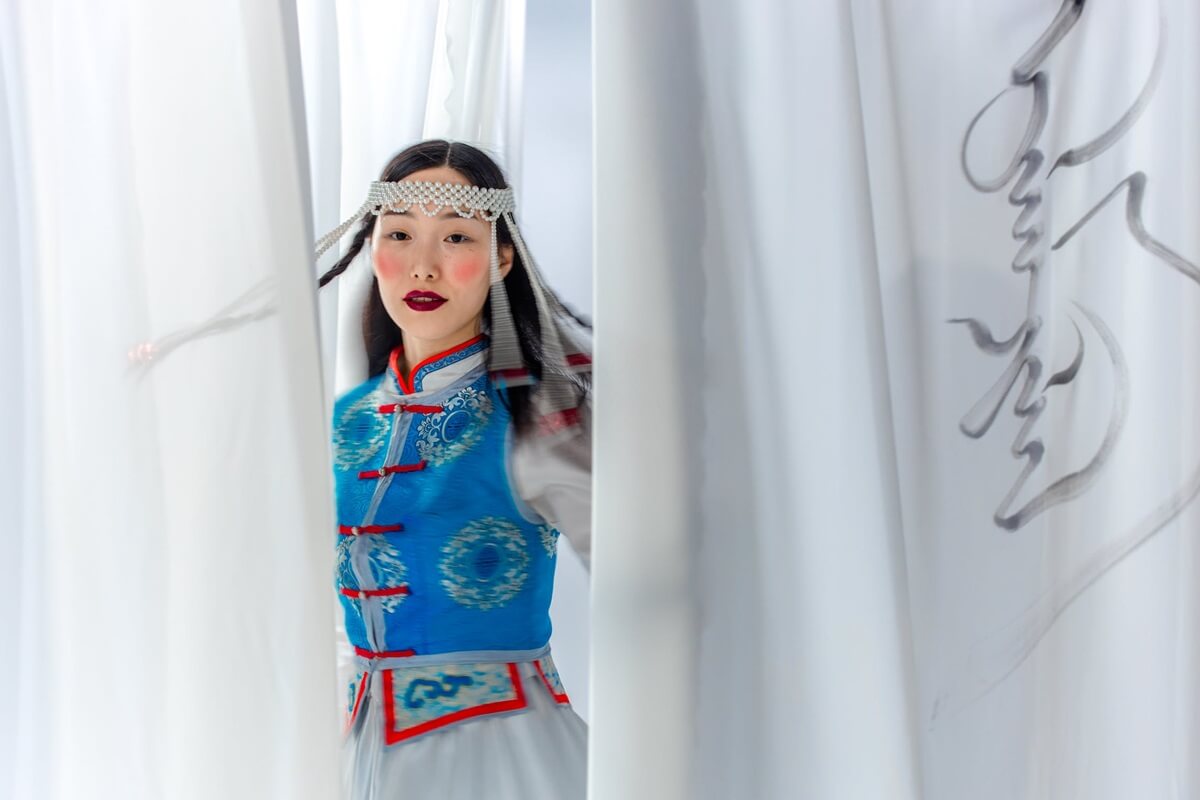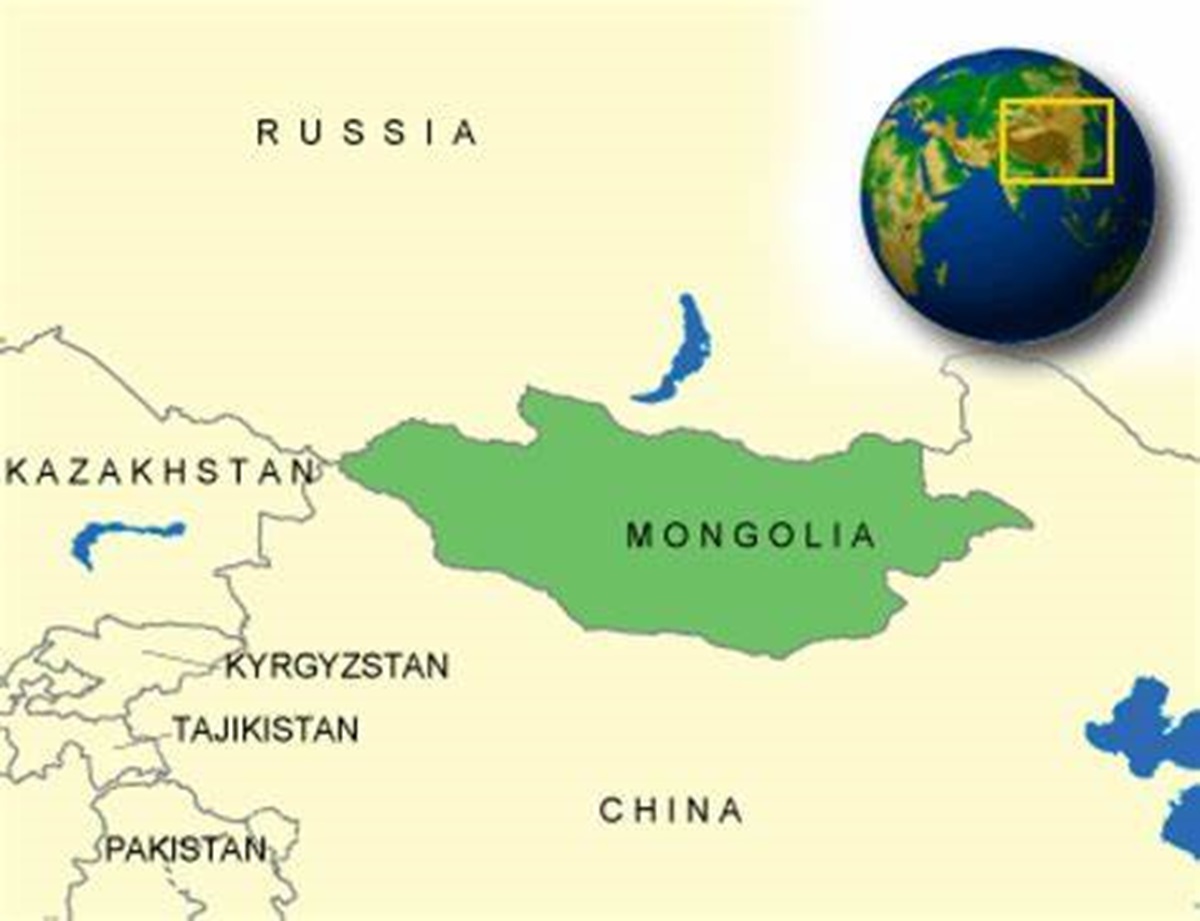Mongolian traditional medicine is a unique form of medicine, deeply entwined with the nomadic lifestyle of the Mongolian people, offering a fascinating blend of natural remedies, spiritual healing, and ancient wisdom.
Mongolian traditional medicine has a long history dating back centuries, reflecting its deep cultural roots and accumulated knowledge.
These healing traditions are still practiced today, maintaining their relevance in modern Mongolian society.
Key Takeaways
- Mongolian traditional medicine is a holistic approach to health combining physical, emotional, and spiritual well-being.
- It incorporates medicinal plants, animal products, minerals, and therapeutic techniques like massage and bone-setting.
- Mongolian medicine has historical roots with Tibetan Buddhism and shamanistic traditions, evolving significantly during the Mongol Empire.
- Over 400 species of plants are documented in the Mongolian pharmacopeia for their healing properties, and these are used to create a variety of herbal products for healing.
- Mongolian traditional medicine plays an important role in primary health care, especially in rural communities.
- The legacy of Mongolian traditional medicine highlights cultural exchange and integration of diverse medical knowledge.itional medicine highlights cultural exchange and integration of diverse medical knowledge.
Let’s embark on a journey to explore the intriguing world of Mongolian traditional medicine, from its origins and development to the diverse medicinal plants that adorn the vast Mongolian landscape, and discover how the Mongols expanded their medical knowledge across the globe.
Introduction to Mongolian Traditional Medicine
Imagine a vast, open steppe under the endless sky, where nomadic tribes roam. In this rugged, beautiful landscape, Mongolian traditional medicine was born out of necessity and a profound connection with nature.
It’s a holistic approach to health that considers the physical, emotional, and spiritual well-being of an individual.
This ancient system integrates the use of medicinal plants, animal products, minerals, and various therapeutic techniques, including massage and bone-setting.
It’s fascinating how these practices have been passed down through generations, becoming an integral part of Mongolian culture and identity.
Mongolian traditional medicine is practices based on experiences indigenous to the region, reflecting centuries of accumulated wisdom and ancestral knowledge.
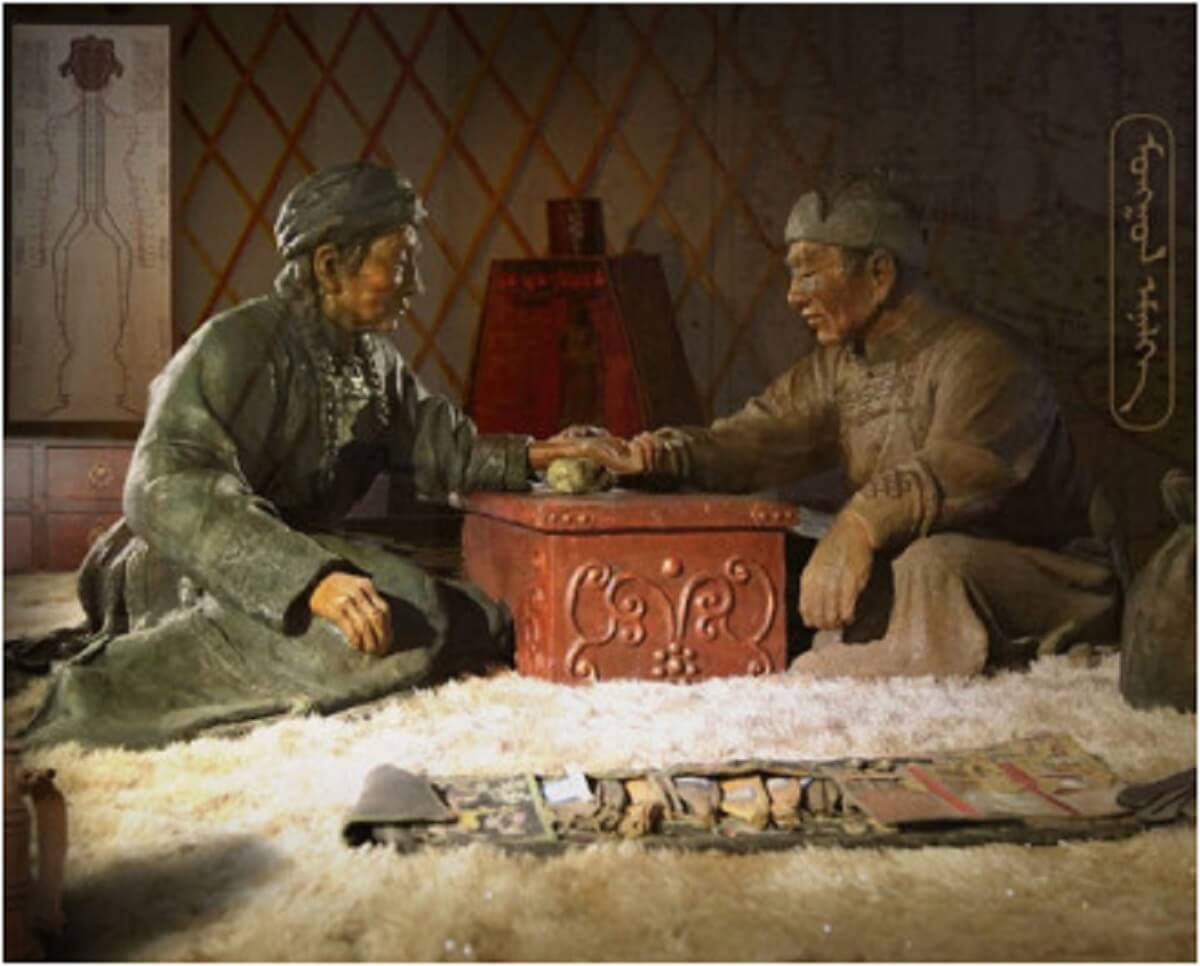

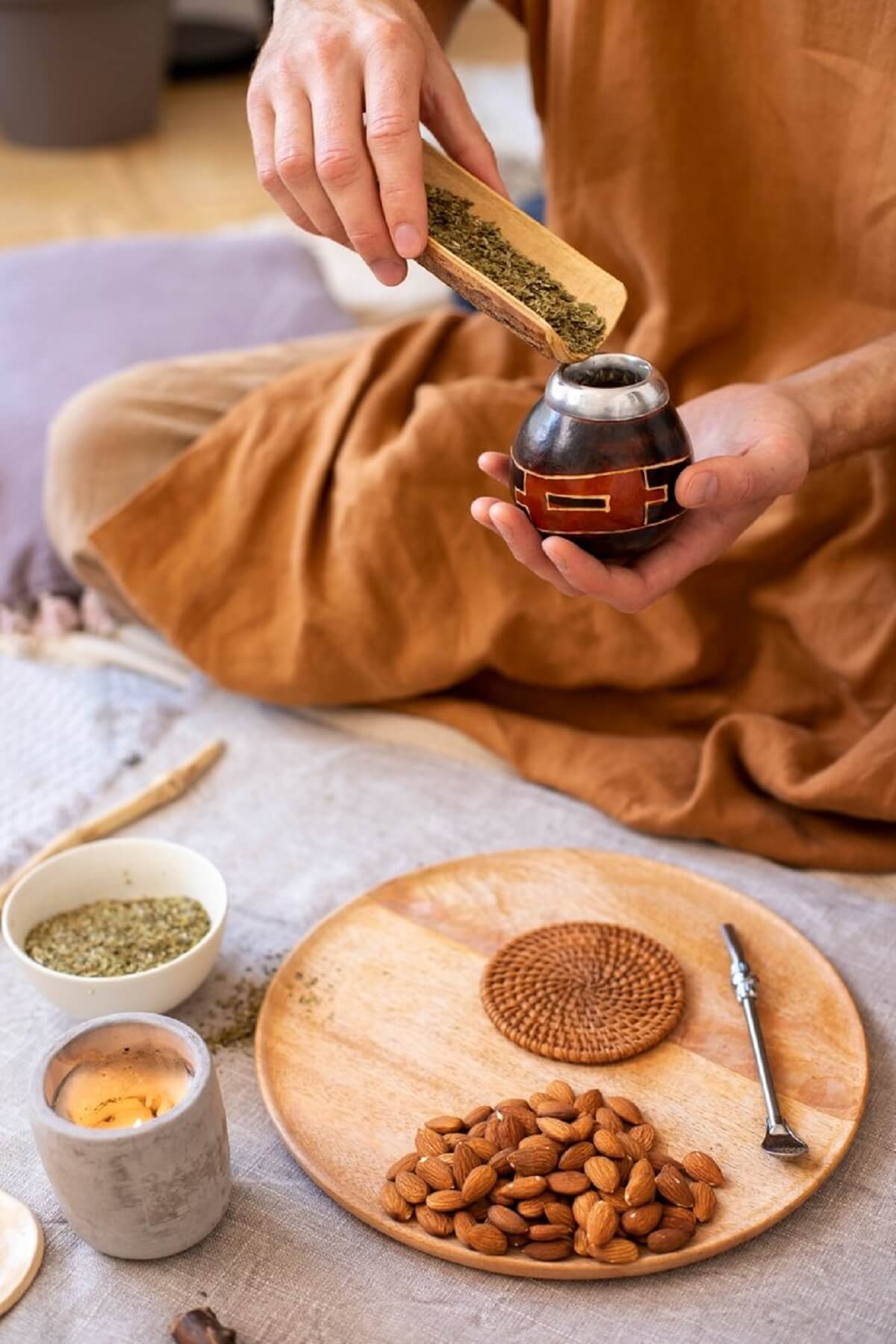
Origin and Development
In the early days of Mongolian medicine, natural remedies and spiritual healing played a central role, reflecting the ancient origins of these practices.
The roots of Mongolian medicine stretch deep into the country’s history, intertwining with the teachings of Tibetan Buddhism and the shamanistic traditions of the Mongol tribes.
It was during the era of the Mongol Empire, under the rule of the great Genghis Khan, that Mongolian medicine began to flourish. The Mongols, renowned for their skill in warfare, were also curious and open-minded, eager to absorb knowledge from the cultures they encountered.
As the empire expanded, it became a melting pot of medical wisdom, incorporating elements from Chinese, Persian, Indian, and Arabic medicine. These influences contributed to the development of various traditional forms of healing that became integral to Mongolian culture.
Over the centuries, Mongolian medicine continued to evolve, integrating these diverse influences into a coherent system.
The 13th century marked a significant milestone with the establishment of the first medical institutions and the translation of many foreign medical texts into Mongolian.
This period of enlightenment laid the foundation for the development of a rich medical tradition that has survived to this day, despite challenges and periods of decline. Traditional medicine practice in Mongolia has persisted and adapted through centuries of change.
Herbal Medicine and Medicinal Plants in Mongolia
Mongolia’s vast and varied landscape is a treasure trove of medicinal plants, herbs, and medicinal herbs, each with its own story to tell.
The traditional Mongolian pharmacopeia includes over 400 species of plants used for healing purposes. Among these, the most revered include:
- Sea Buckthorn (Hippophae rhamnoides): Known as a powerhouse of vitamins and nutrients, sea buckthorn is used to boost immunity, support the immune system, heal skin injuries, and prevent various diseases.
- Mongolian Dandelion (Taraxacum officinale): Employed for its detoxifying properties, it’s a remedy for liver ailments and digestive issues.
- Siberian Ginseng (Eleutherococcus senticosus): Used to increase energy, stamina, and resistance to stress, this plant is a testament to the resilience of the Mongolian spirit.
These species are commonly used in herbal preparations, including herbal teas, reflecting the deep-rooted tradition of utilizing herbs and medicinal herbs for health and wellness.
These plants are just a glimpse into the rich botanical heritage of Mongolia, where each herb and flower holds the potential for healing. These remedies are made from carefully selected plant materials.
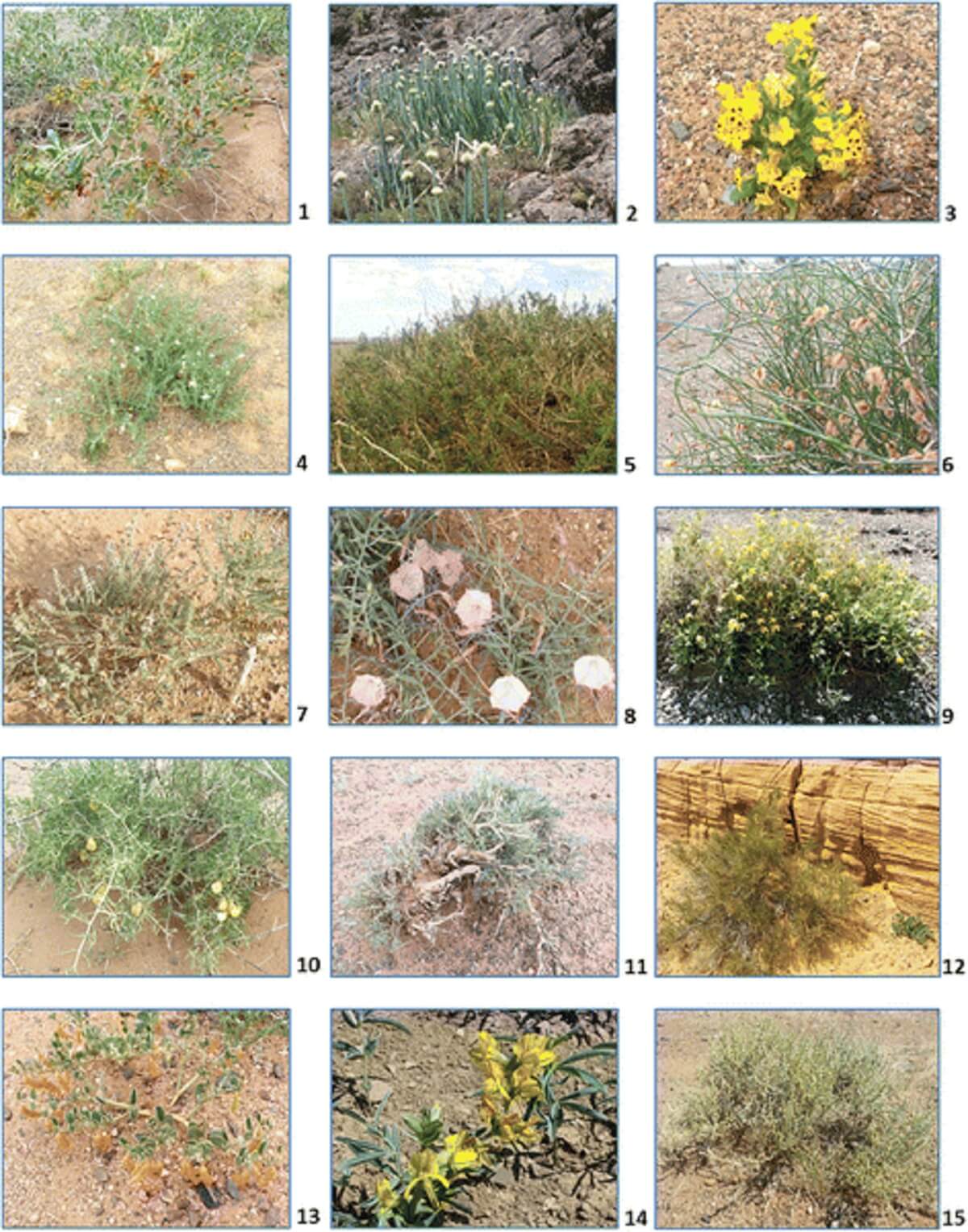
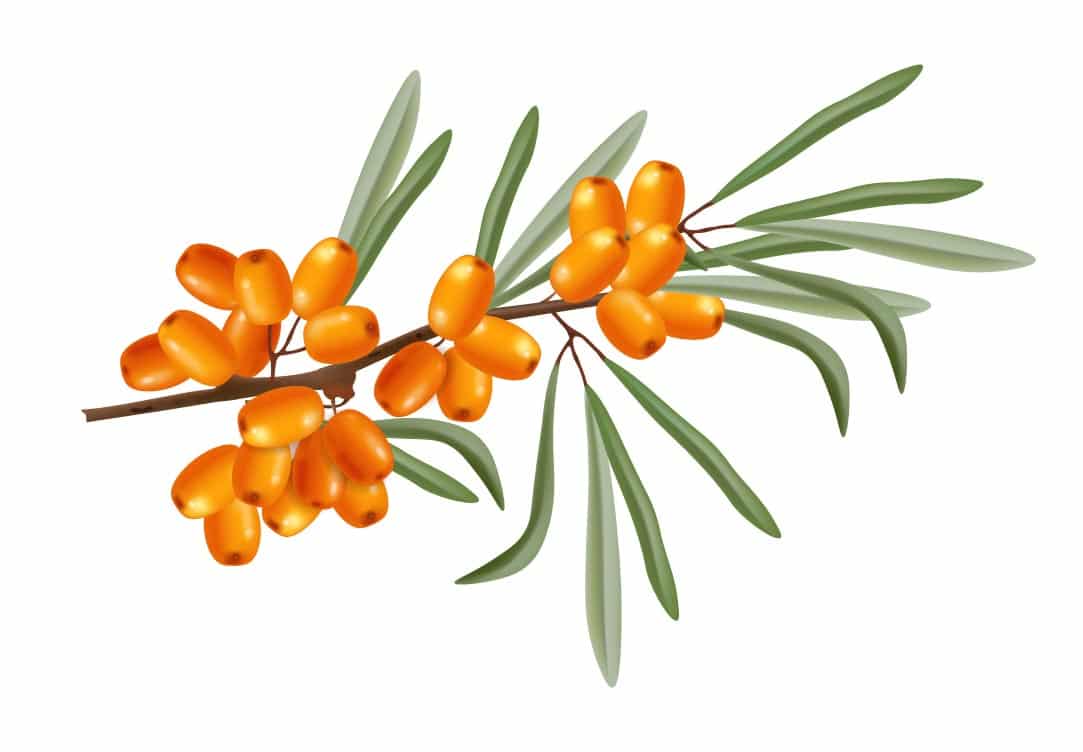

Health Care System and Integration
The integration of traditional medicine into the national health care system is becoming increasingly important for improving overall health outcomes and making health care more accessible and affordable. In many countries, including Mongolia, traditional medicine is recognized as a valuable complement to conventional medicine, offering patients a broader range of treatment options.
The World Health Organization (WHO) has developed guidelines to help countries incorporate traditional medicine, such as herbal medicine, into their national health care systems, ensuring that these practices are safe, effective, and accessible.
By combining the strengths of both conventional medicine and traditional approaches, health care providers can offer more personalized health care tailored to individual needs. Herbal medicine, a cornerstone of traditional medicine, is often used alongside modern treatments to address a variety of health conditions, from chronic illnesses to preventive care.
This integrated approach not only enhances patient choice but also supports the overall health and well-being of communities. As more countries recognize the value of traditional medicine, the global health landscape continues to evolve, creating new opportunities for collaboration and innovation in health care and treatment.

Scientific Evidence and Modern Research
In recent years, there has been a growing emphasis on building a solid scientific evidence base for the use of herbal medicines and other traditional therapies.
Modern research, including clinical trials, has demonstrated that many herbal medicines can be effective in treating a wide range of health conditions. The World Health Organization (WHO) acknowledges the importance of rigorous scientific evaluation to ensure the safety and efficacy of traditional medicines.
Many countries have established dedicated research institutions to study herbal medicines, exploring their potential benefits and developing new products that meet modern standards. Advances in technology, such as nanotechnology and genetic engineering, are also being used to enhance the quality and effectiveness of herbal medicines, making them more reliable and accessible for patients worldwide.
As scientific evidence continues to grow, traditional medicine is gaining greater acceptance within the global health community. This ongoing research not only validates the effectiveness of traditional remedies but also helps to bridge the gap between traditional and modern medicine, ultimately improving health outcomes for people in many countries.

Education and Training
Education and training are fundamental to the continued development and safe practice of traditional medicine. Many countries have established specialized schools and training programs to ensure that practitioners of traditional medicine, including those specializing in herbal medicine, are well-equipped with the necessary knowledge and skills.
These programs often include courses on both traditional medicine practices and conventional medicine, fostering a comprehensive understanding of health and treatment.
The World Health Organization (WHO) has set forth guidelines for the education and training of traditional medicine practitioners, emphasizing the importance of integrating scientific knowledge with traditional wisdom.
Continuing education and professional development are also crucial, enabling practitioners to stay informed about the latest research, advances in medicine, and best practices in patient care.
By investing in high-quality education and training, countries can ensure that traditional medicine remains a safe, effective, and respected part of the health care system, benefiting both practitioners and the communities they serve.

Quality Control and Safety
Ensuring the quality and safety of herbal medicines and other traditional remedies is essential for protecting public health and maintaining trust in traditional medicine practices. Many countries have implemented strict regulations and guidelines for the quality control of herbal medicines, covering everything from the sourcing of raw materials to the manufacturing and distribution of finished products.
The World Health Organization (WHO) has also developed comprehensive guidelines to help countries establish effective quality control systems for traditional medicine products. These measures include rigorous testing for purity, potency, and safety, as well as ongoing monitoring for potential adverse effects and interactions with other medicines.
By prioritizing quality control and safety, health authorities can help prevent potential hazards and ensure that traditional medicines are both effective and safe for use. This commitment to quality not only protects patients but also supports the continued growth and acceptance of traditional medicine within the broader health care landscape.

Cultural Significance
Traditional medicine holds deep cultural and historical significance in many countries, including Mongolia. The use of herbal medicine and other traditional remedies is often rooted in centuries-old practices, beliefs, and community knowledge. These traditions are more than just methods of treatment—they are an integral part of cultural identity and heritage.
Respecting and preserving the cultural significance of traditional medicine is essential, especially as these practices become more integrated into modern health care systems. Education and awareness programs can help promote understanding and appreciation of traditional medicine, ensuring that its cultural value is recognized alongside its therapeutic benefits.
As health care systems evolve, it is important to honor the cultural context of traditional medicine, allowing it to complement conventional medicine while maintaining its unique identity. By doing so, many countries can ensure that traditional medicine continues to enrich the lives and well-being of people across generations.
Global Expansion of Mongolian Medical Knowledge
The Mongol Empire, at its zenith, was the largest contiguous land empire in history, facilitating unprecedented cultural and knowledge exchange along the Silk Road.
This vast network of trade routes became a conduit for the spread of Mongolian medical knowledge across Eurasia. According to a global survey by the World Health Organization, Mongolian traditional medicine has significantly influenced and spread across multiple regions, highlighting its growing role in global health systems.
The Mongols, with their characteristic pragmatism and openness, encouraged the sharing of medical practices among the various peoples of their empire.
Today, Mongolian medicine is recognized as part of complementary and alternative medicine in many developed and industrialized countries, where it is integrated alongside conventional pharmaceuticals.
Complementary therapies, including Mongolian practices, are increasingly incorporated into national health systems and health services worldwide, supported by national policies that promote equitable access and sustainable development.
They established hospitals and medical schools in their capital cities, attracting scholars and physicians from far and wide. National centers and health professionals now play a crucial role in promoting quality assurance and the proper use of traditional medicine, ensuring its safe integration into modern healthcare.
The development and implementation of national policies are essential for integrating traditional medicine into national health systems, guaranteeing equitable access and supporting sustainable development goals.
Through these interactions, Mongolian medicine influenced and was influenced by the medical traditions it encountered, leading to a rich cross-pollination of ideas and practices. The exchange included significant contributions from traditional Chinese medicine, Korean medicine, and traditional herbal medicine from Southeast Asia.
There is a growing need for more research, especially regarding drug interactions with conventional pharmaceuticals, and the use of new technologies to build a global knowledge base for safe and effective practices. Over the past two decades, there has been increasing recognition of the value of traditional medicine, including in African countries, as part of both alternative medicine and complement ther clin pract.
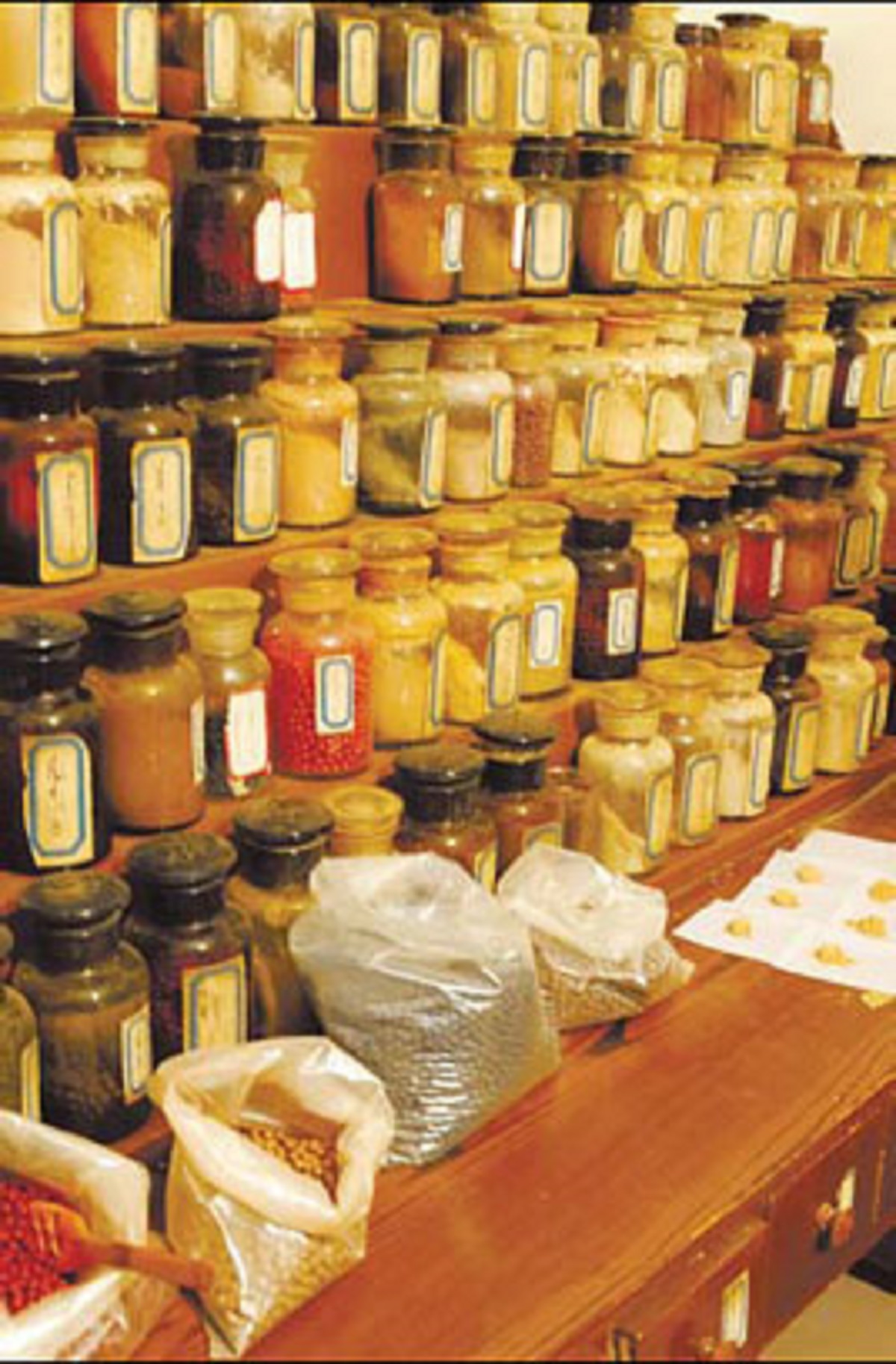
For instance, the concept of surgery, which was advanced in the Islamic world, was introduced to Mongolia, while Mongolian techniques in bone-setting and the use of certain herbal remedies spread to other cultures.
Mongolian herbal remedies and herbal materials are now used alongside other herbs in alternative medicine and complement ther clin pract globally, addressing both physical and mental illness, including mental illness, as part of a holistic approach.
The legacy of Mongolian traditional medicine is a testament to the Mongols‘ remarkable ability to assimilate and disseminate knowledge across the vast expanse of their empire.
It underscores the importance of openness, dialogue, and respect for different cultures in the advancement of medical science and the betterment of human health.




